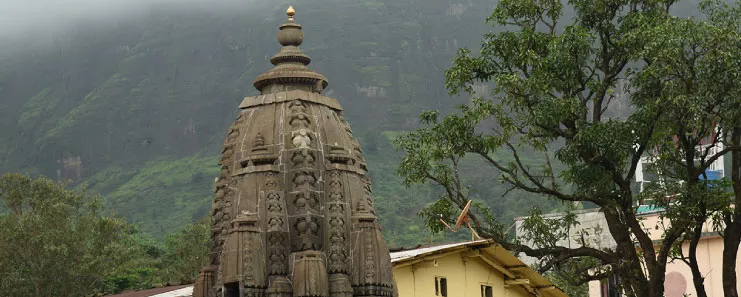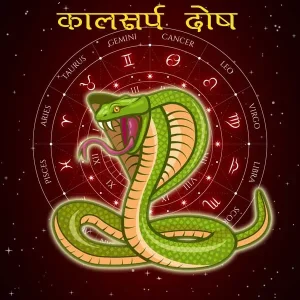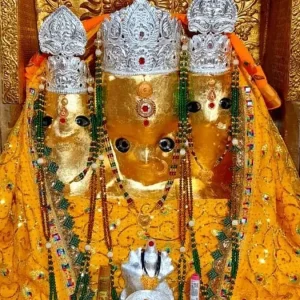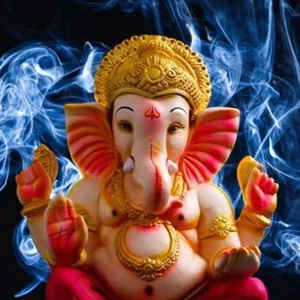
Trimbakeshwar Jyotirlingas are sacred shrines of Lord Shiva; it is believed that Lord Shiva himself visited these places and hence they have a special place in the hearts of devotees. There are 12 of them in India.
Jyotirlinga means ‘column or pillar of light’. The ‘stambha’ symbol represents that there is no beginning or end.
When Lord Brahma and Lord Vishnu had an argument about who was the supreme god, Lord Shiva appeared as a column of light and asked each one to find the ends. Neither could do it. It is believed that the places where these columns of light fell is where the jyotirlingas are located.
Trimbakeshwar Jyotirlinga is only one of the 12 jyotirlingas in India that does not only honor Lord Shiva but the other two gods in the Holy Trinity – Lord Vishnu and Lord Brahma as well.
Where is the Trimbakeshwar Jyotirlinga located?
Trimbakeshwar Shiva Temple is located in Trimbak, which is about 28 km from Nashik, Maharashtra, India. The Godavari River originates near Trimbak. There are three hills surrounding this temple – Brahmagiri, Nilagiri and Kalagiri.
History of Trimbakeshwar Jyotirlinga
This Shiva temple was built by Prime Minister of the Maratha Empire, Peshwa Balaji Baji Rao, also known as Nana Saheb, in the mid-18th century.
Special features of Trimbakeshwar Shiva Temple
The entire temple is built with black stone. The main feature of Trimbakeshwar Shiva Temple is that the jyotirlinga has three faces representing the gods – Shiva, Vishnu and Brahma. They all exist within the hollow space within the Shivalinga. Hence the name Trimbakeshwara (Three Lords). They are covered by a jewelled crown that is believed to date to the era of the Pandavas.
You will also find images of Rama, Krishna, Ganga, Parasurama and Kedarnath among others. There are also monasteries of saints in this temple.
The temple has a well called Amritavarshini. It also has a Kushavarta or sacred pond, which is believed to be the source of the Godavari.
What is the story behind Trimbakeshwar Jyotirlinga?
It is said that Gautama rishi lived on the Brahmagiri hills along with his wife, Ahalya. While there was famine everywhere else on the land, inside the rishi’s ashram, there were abundant food grains. This was because the gods had blessed him because of his steadfast devotion and regular prayers. The other rishis felt jealous of him and sent a cow into his fields.
When Gautama tried to frighten the cow away from his fields, it died. For the sin of killing a cow, Gautama worshipped Lord Shiva to release the Ganga River and let her flow into his ashram to purify it. Pleased with his devotion, Lord Shiva released Ganga and told her to stay there. The Kushavarta or sacred pond that exists now is the source of the Godavari. (People worship the Godavari as Ganga.) The sage requested Lord Shiva also to make the site his abode, which the Lord did in the form of the jyotirlinga.
Interesting facts about Trimbakeshwar Jyotirlinga
- In all the other sites of jyotirlingas, Lord Shiva is the main deity. This is the only place that also honors Lord Vishnu and Lord Brahma.
- The famous pilgrimage festival, Kumbh Mela, occurs here once every 12 years.
- Devotees believe that a visit to this temple will wash away their sins.
While you can visit this spiritual spot at any time in the year, it would be best to visit it during the winter months – between October and March. If you visit on a Monday, you will be able to see the weekly exhibition of the jewelled crown of the jyotirlinga.
Visiting this ancient and divine destination during Mahashivratri would be the ultimate treat for any devotee!
Booking Puja Online
Booking your puja online with Bookpuja.org allows you to experience the sanctity of Hindu rituals from anywhere. Our user-friendly platform provides a convenient way to schedule pujas at renowned temples like Trimbakeshwar Jyotirlinga. Browse through our puja options or create a custom puja to suit your specific needs. Bookpuja.org connects you with verified priests who will guide you through the puja with expertise, ensuring a fulfilling and spiritually enriching experience.






